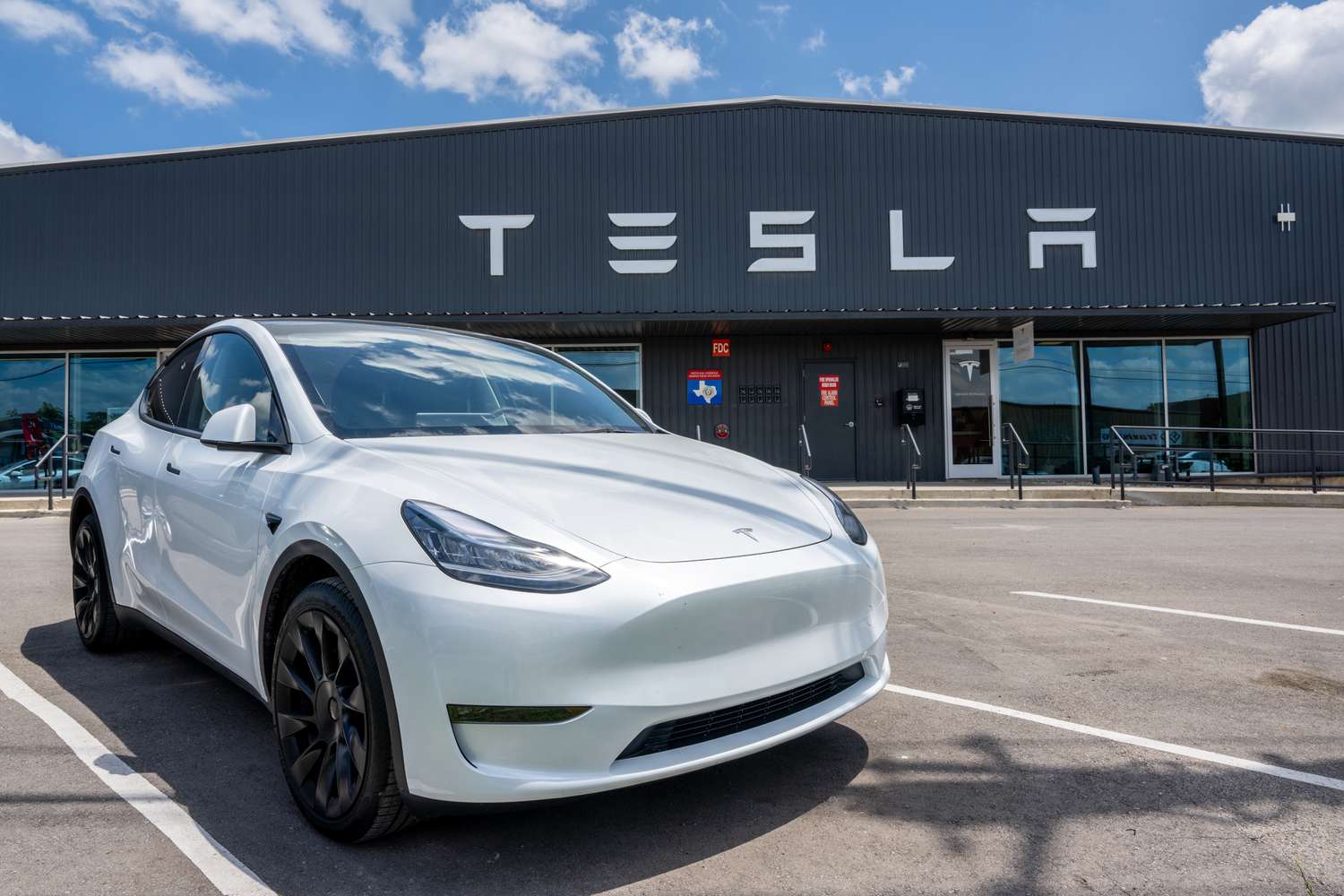Tesla Inc. (TSLA) shares dropped more than 6% on Thursday, as the electric vehicle (EV) maker reported disappointing fourth-quarter delivery figures and its first-ever annual sales decline.
In the final quarter of 2024, Tesla delivered 495,930 vehicles globally, falling short of analyst estimates of around 510,400 compiled by Bloomberg. While the figure exceeded the 463,000 vehicles delivered in the previous quarter and the 484,500 delivered in Q4 of 2023, it underscored the company’s challenges in meeting market expectations.
For the full year, Tesla delivered 1.78 million vehicles, below both analyst projections of 1.8 million and the 1.8 million vehicles delivered in 2023. This marks Tesla’s first year-over-year decline in deliveries, raising concerns about weakening demand and heightened competition.
Investors React to Tesla’s Slowing Growth
The unexpected delivery miss and overall sales decline surprised investors, who had grown accustomed to Tesla’s robust growth trajectory. Tesla had previously boasted a 50% compound annual growth rate (CAGR) in vehicle deliveries, but the company warned last year that growth would slow due to preparations for its next-generation vehicle launch at Gigafactory Texas.
The slowdown in deliveries highlights several headwinds, including increased competition from established automakers and rising global economic uncertainty. CEO Elon Musk’s earlier prediction of modest growth in 2024 failed to materialize, further dampening investor sentiment.
BYD Closes the Gap
Adding to Tesla’s challenges, Chinese automaker BYD (BYDDY) reported robust performance in 2024, delivering approximately 4.3 million passenger cars globally. While 2.5 million of those were hybrids, BYD’s pure EV sales reached 1.76 million—narrowly trailing Tesla’s global total.
BYD’s strong showing reflects its aggressive pricing strategies and expanding global footprint, particularly in China, where Tesla also faces intensified competition.
What’s Next for Tesla?
The delivery decline and stock drop mark a challenging start to 2025 for Tesla. With growing competition from companies like BYD and a shifting global EV market, Tesla must address supply chain constraints, pricing pressures, and evolving consumer preferences.
Investors will be watching closely as Tesla prepares to launch its next-generation vehicle and navigates the increasingly crowded EV landscape. The company’s ability to innovate and maintain its competitive edge will be critical in the months ahead.





